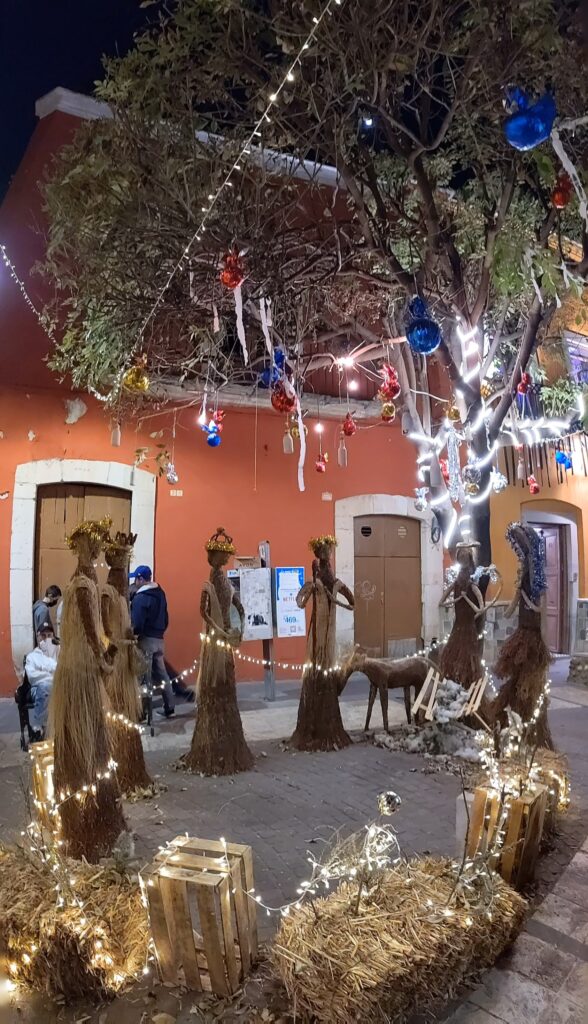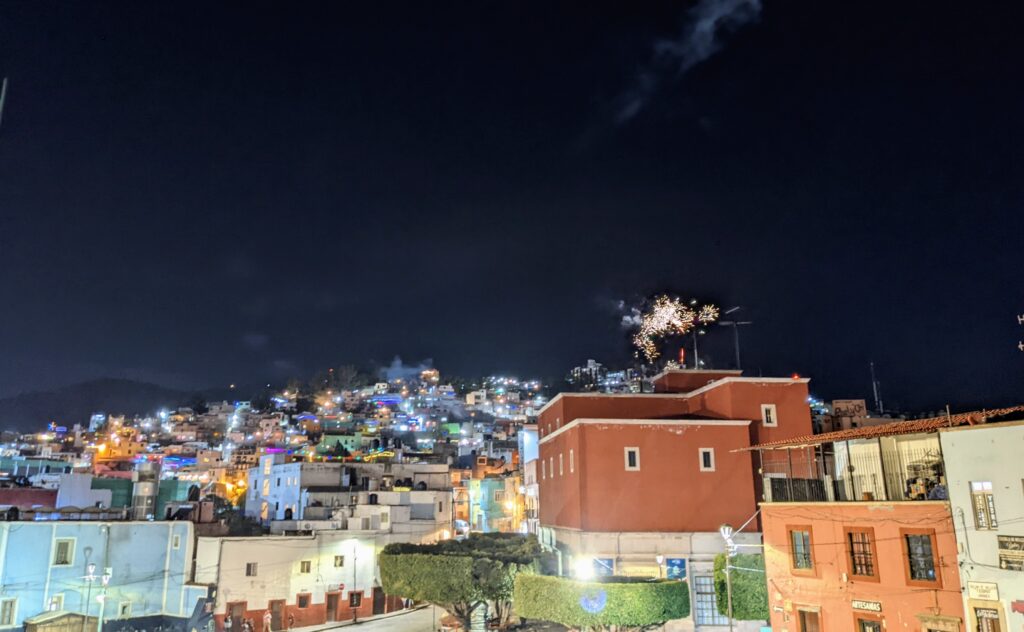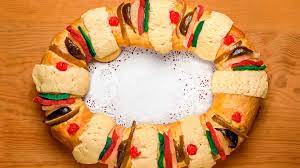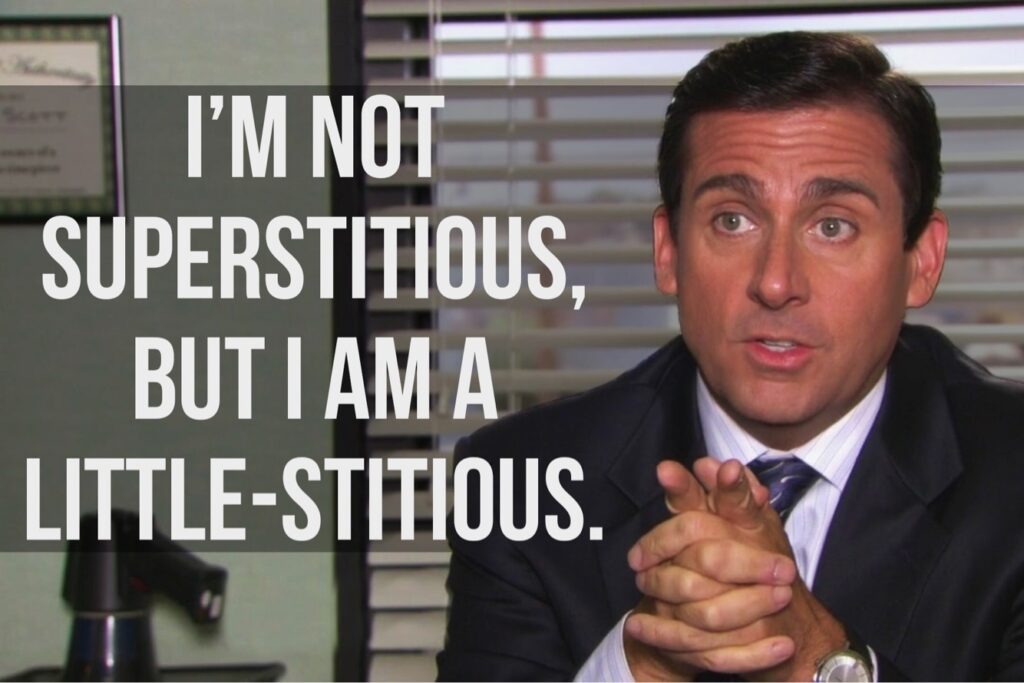I remember as a kid in Latin America, I was curious and kinda jealous when families around us celebrated 3 Kings Day. Three decades later, bikepacking across Mexico, It piqued my interest and jogged memories to see it again.

Growing up, both in Chile and the Dominican Republic we celebrated holidays differently from those around us. The concept of bundling up and indoor baking or even a live, decorated evergreen was a non sequitur in the southern hemisphere when December is the middle of summer and in the tropics where…everything is evergreen.
The people around us seemed to focus their Christmas celebrations around Noche Buena (Christmas Eve) and gathering as families, grilling out picnics, spending time with elders, and going to church. More of a religious and familial time. Then, January 6th, Día de los Reyes Magos (Day of the Mage Kings), was about giving gifts to kids, street carnivals, and candy.
When I would ask about it as a kid, folks explained the three kings arrived after Jesus was born, so *they shrugged* they celebrated gift giving afterwards as well. Now, in reflection, I appreciate separating the charge and expectations of the Christmas holiday from the gift giving and playful fun of kids lighting up over trinkets.

I didn’t know the tradition was practiced this far north, so I began information gathering, chatting with locals, messaging with a couple other third culture kids about our collective memories, and reading accounts. A group of young adult revelers filled me in on a piece of the tradition now practiced in some regions of Mexico (primarily along the mountains, according to one young man).
Here Three Kings Day marks the end of the holiday season. The adults seem to relax, to go out for festivals and street food rather than all the preparation and cooking for the bigger holidays, and the kids run the plazas, balloons, whilry gigs, and whatsits galore flash, bounce, buzz, sing, and fly in every direction.
Sort of an end of holidays weekend bash.

One of the traditions I was particularly keen on revolves around cake (surprise!).In Chile I remember it being an elaborately decorated log rolled cake called ‘Brazo de Reina’ [queens arm] filled with manjar and decorated to look like the sleeve of a queen. In Mexico they have Rosca de Reyes cake.
![]()

The cakes have hidden somewhere inside them a tiny, plastic baby Jesus, who I’ve heard some affectionately refer to as ‘el Monito’. In Mexico, whoever gets the Jesus, has to buy the tamales for Dia de la Candelaria, on February 2. When I asked about this holiday they shrugged and said, “the Baby Jesus goes to sleep on Dec. 24 and he wakes up on Feb. 2.”
Their attitude about it helped me feel better about a little cross-cultural failure-to-cope I’d had back in Peru.
It was a truly important hill to die on:
Enough horseshoes hung heel side down above doors!
It happened between the ancient pillars of the buildings in downtown Cusco, in a Subway Sandwiches. I had been staring at one as we munched, weary from the push in and frazzled from arriving into a big city (at the end of a 13 month long hiking season). Neon had eaten and was walking out of the establishment, unperturbed. I was following but in the doorframe, bugged out, turned around and, pointing up at it, explained to the restaurant at large and one of the chipper, visored staff directly, that the horseshoes needed to be hung with the heels facing upwards.
“Porque?” they inquired. Politely, certainly. Amused or curious? hopefully. Or, possibly, a bit daunted by the giant, sun burnt, insane white woman babbling nonsensically in the doorway.
“Because, if not all the luck falls right out!” Feeling quite conclusive and having nothing more to say, I shrugged and walked out.
Anyway, they seemed as perplexed by that as Neon was when I told her about the cake tradition and she querried, “so, Baby Jesus takes a 6 week long nap?”
All I could do, was shrug.

Do you enjoy the content you see here? Consider supporting our explorers with:





